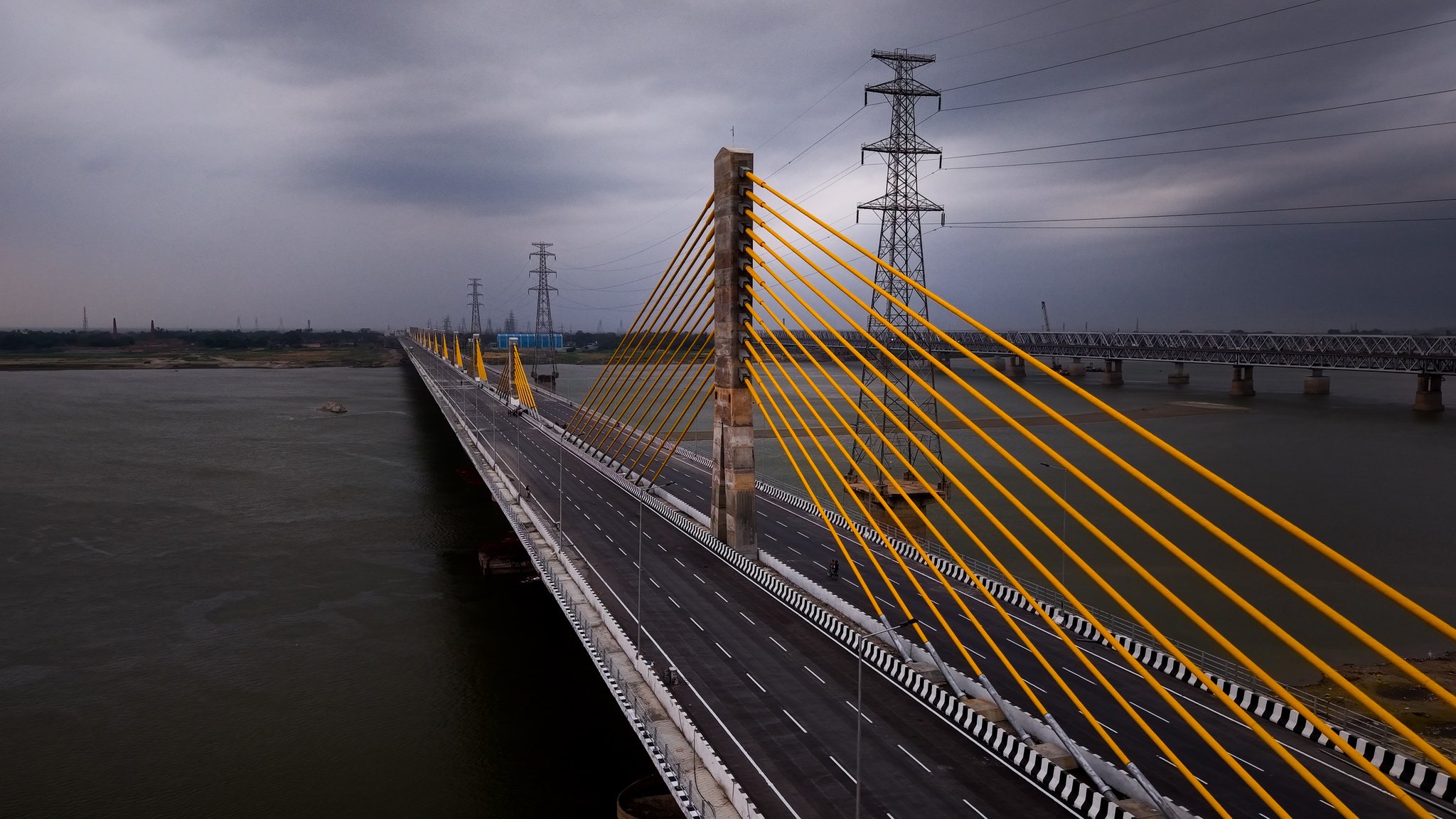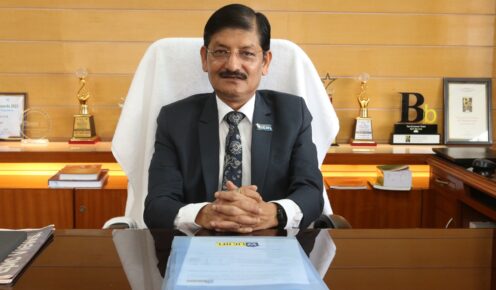In a significant move to transform infrastructure governance, the Bihar State Road Construction Department (RCD) has entered into a partnership with the Indian Institute of Technology (IIT) Delhi to roll out a specialised certification programme focused on AI-driven bridge management and structural health monitoring.
Scheduled to begin in September 2025, this six-month training initiative is a central part of the Bihar State Bridge Management & Maintenance Policy, 2025—the first state-level framework in India dedicated exclusively to systematic bridge maintenance. Recently approved by the Bihar Cabinet, the policy aims to strengthen local technical expertise, minimise dependence on external consultants, and prioritise the long-term safety and resilience of the state’s bridge infrastructure.
Training and Technology Integration
The programme will initially train more than 100 engineers from the Bihar government in advanced applications of artificial intelligence and machine learning. Engineers will learn how to:
- Analyse drone and sensor data for generating Bridge Health Index (BHI) scores
- Use strain gauges, tilt meters, and real-time monitoring systems for critical structures
- Apply AI-based Maintenance Priority Index (MPI) models to optimise repair and resource allocation
For greater transparency, all inspection records and BHI scores will be made publicly available through the Bridge Information and Management System (BIMS) portal. The new policy also mandates the use of drone technology—equipped with high-resolution cameras, LiDAR, and thermal imaging—to identify defects such as cracks, corrosion, and other early warning signs. AI algorithms will then process this data to deliver precise assessments, enabling timely interventions.
In-House Bridge Design Cell
To further reduce reliance on private consultants, Bihar is preparing to establish a Bridge Design Cell under the Bihar Rajya Pul Nirman Nigam Limited (BRPNNL). This unit will take responsibility for designing bridges, culverts, and retaining walls internally—an initiative expected to save the state over ₹65 crore annually while also shortening project timelines.
Complementing this effort, the Indian Academy of Highway Engineers (IAHE) has been approached to propose training modules for road and bridge engineers. These modules will cover structural design aspects of road-related infrastructure, including slab culverts, box culverts, and medium-span bridges. The overarching goal is to build a self-reliant cadre of engineers who can independently handle end-to-end design requirements.
Government’s Vision
Speaking on the initiative, Bihar Public Works Minister Nitin Nabin emphasised the importance of adopting new-age technology for infrastructure growth.
“The future of infrastructure lies in technology and self-reliance. With this training, our engineers will gain the expertise to manage and monitor state bridges using AI-based tools. By 2026, we aim to carry out 100% of routine inspections internally and independently design all bridges under 250 metres. This marks a decisive step towards self-reliant, technology-driven infrastructure governance.”
Implementation Roadmap
The rollout of trained engineers will happen in phases:
- 2025–26: Real-time monitoring will begin with 85 bridges audited by IIT Delhi and IIT Patna.
- By 2027: The scope will expand to cover 200 major bridges across the state.
- Future plans: Adoption of digital twin technology to support predictive maintenance and lifecycle management of bridges.
IIT Delhi will also customise training modules in alignment with the latest IRC:SP:35-2024 standards and Dr. V.K. Raina’s bridge maintenance manual, both of which form the technical backbone of the new policy.












